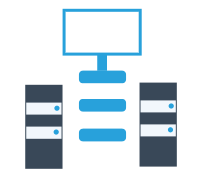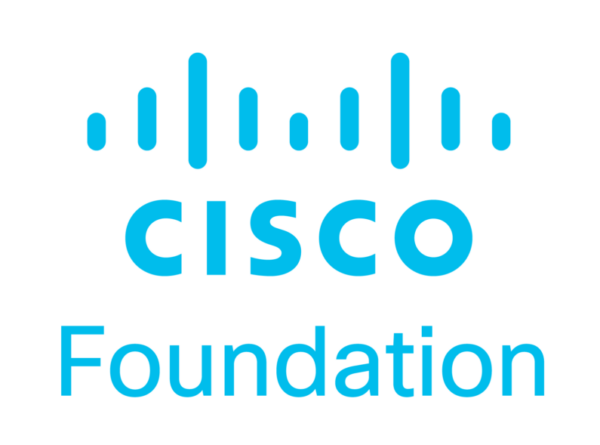Our Mission
We know that climate change is poised to reshape our world, but we lack clear enough predictions about precisely how. At CliMA, our mission is to provide the accurate and actionable scientific information needed to face the coming changes—to mitigate what is avoidable, and to adapt to what is not. We want to provide the predictions necessary to plan resilient infrastructure, adapt supply chains, devise efficient climate change mitigation policies, and assess the risks of climate-related hazards to vulnerable communities.
We are a coalition of scientists, engineers, and applied mathematicians from Caltech, MIT, and NASA’s Jet Propulsion Laboratory. We are building a new Earth system model that leverages recent advances in the computational and data sciences to learn directly from a wealth of Earth observations from space and the ground. Our model will harness more data than ever before, providing a new level of accuracy to predictions of droughts, heat waves, and rainfall extremes.
A New Approach to Climate Modeling

Climate Machine
We are developing the first Earth system model that automatically learns from diverse data sources. Our model will exploit advances in machine learning and data assimilation to learn from observations and from data generated on demand in targeted high-resolution simulations, for example, of clouds or ocean turbulence. This will allow us to reduce and quantify uncertainties in climate predictions.

Scalable Platform
We are engineering a modeling platform that is scalable and built for growth. For processing data and for simulating the Earth system, it will exploit state-of-the-art algorithms to run on the world’s fastest supercomputers and on the cloud. It will be scalable to ever finer resolution globally, and its targeted high-resolution simulations will provide detailed local climate information where needed.

Open Hub
We are committed to transparency and open science principles. Our modeling platform is open source, and our results are available to the public. We will provide interfaces to our modeling platform so that it can become the anchor of an ecosystem of front-end apps. These apps may provide detailed models, for example, of flood risks, risks of extreme heat, crop yields, and other climate impacts.
Meet Our Funders
Our work is supported by a consortium of private foundations and federal agencies, led by the generosity of Eric and Wendy Schmidt by recommendation of the Schmidt Futures program, and the National Science Foundation.
Press & Media
-
-
-
Jun 15, 2022
By Steven Butschi, Head of Education, Google Cloud














